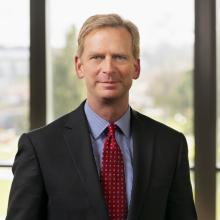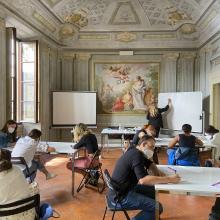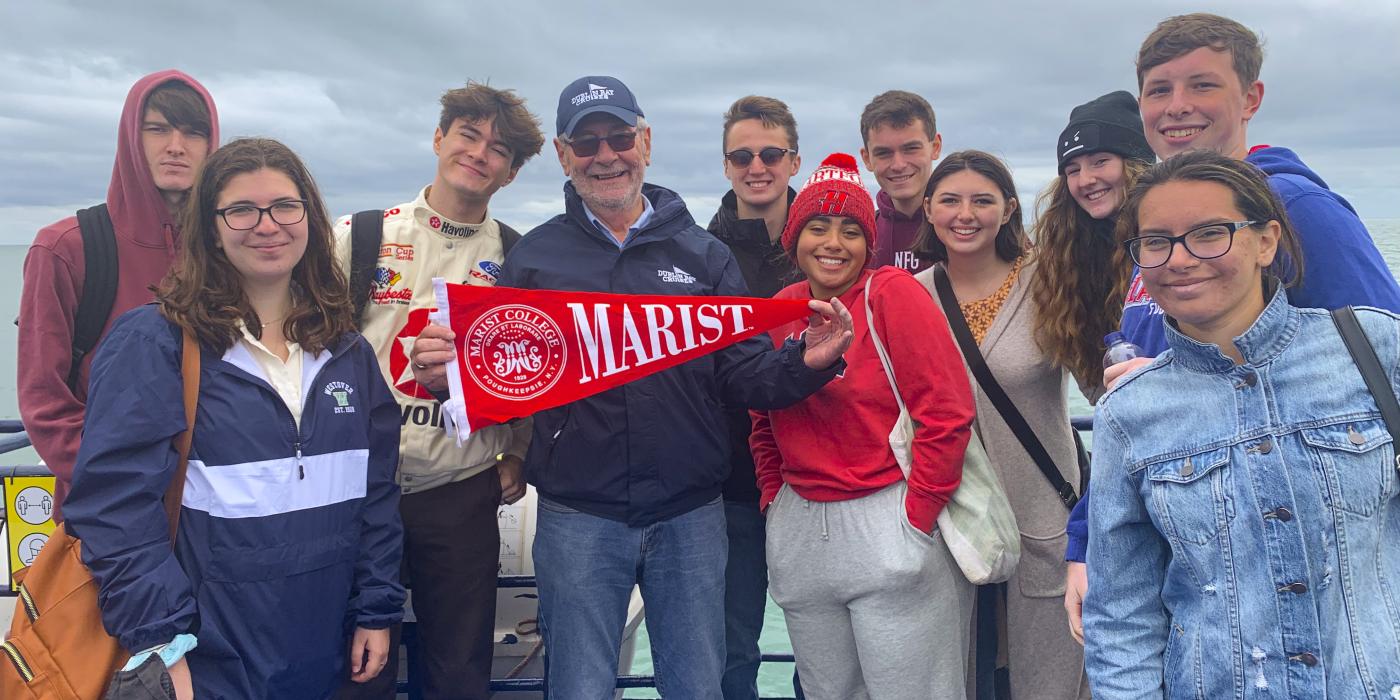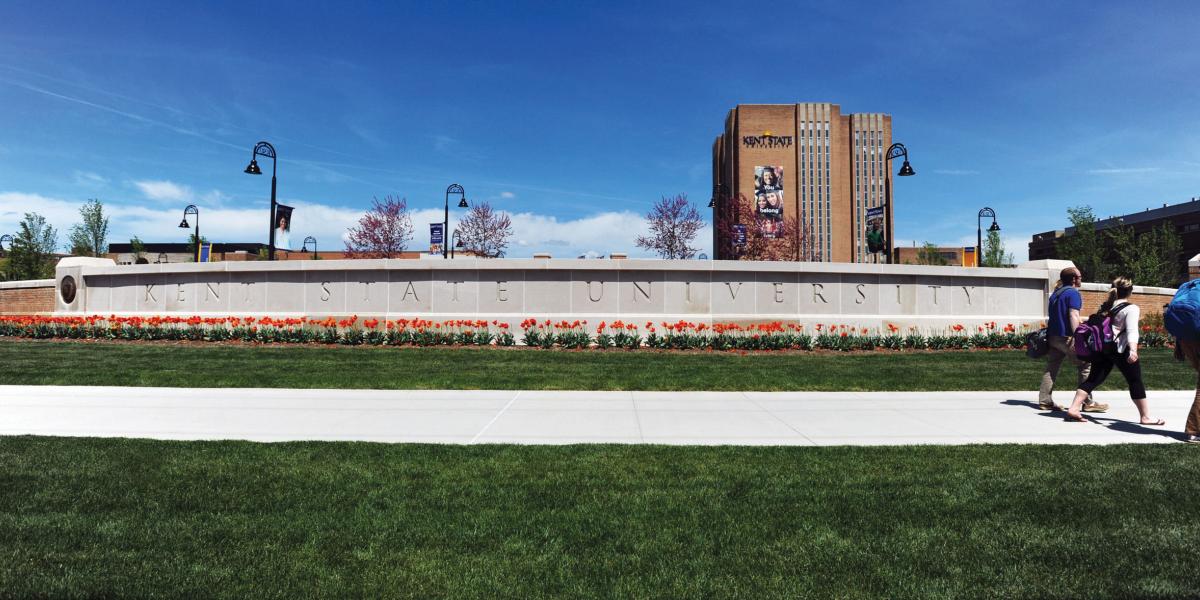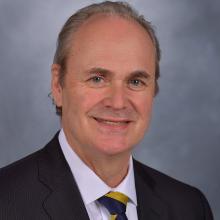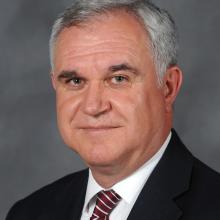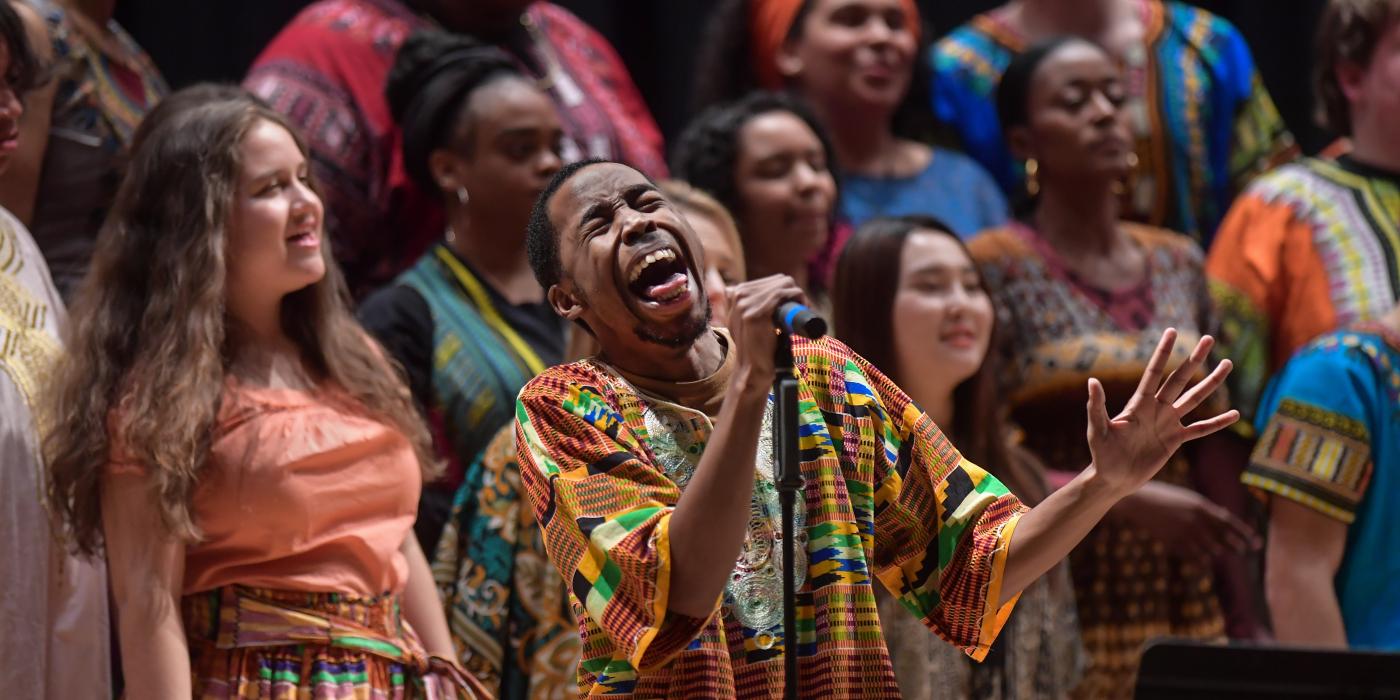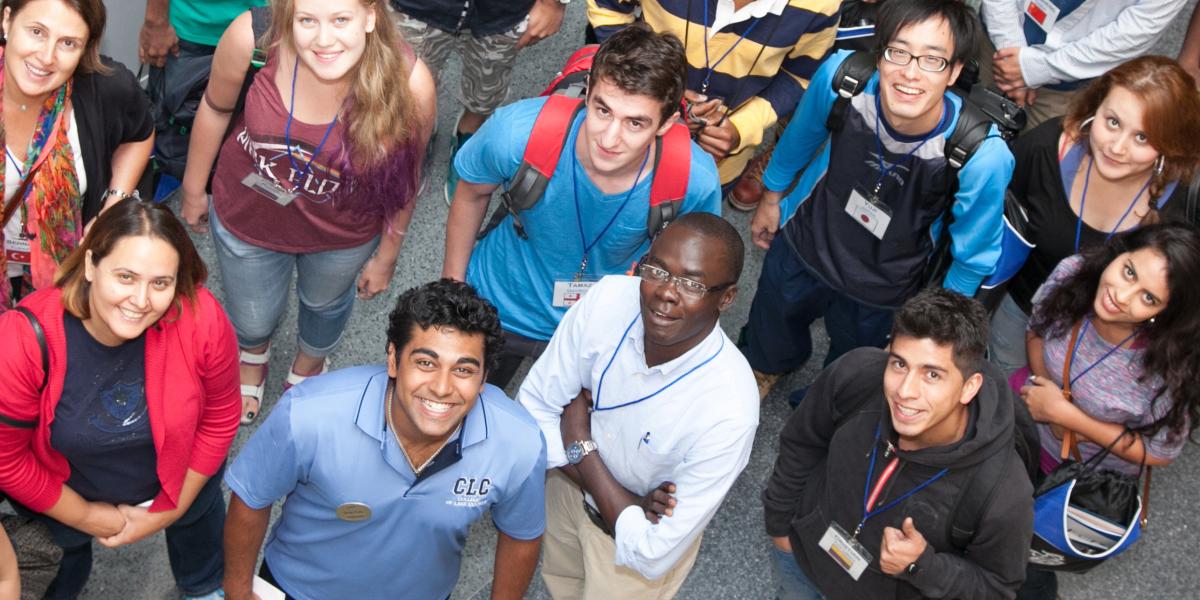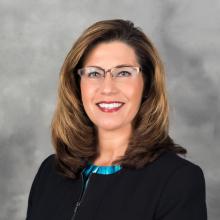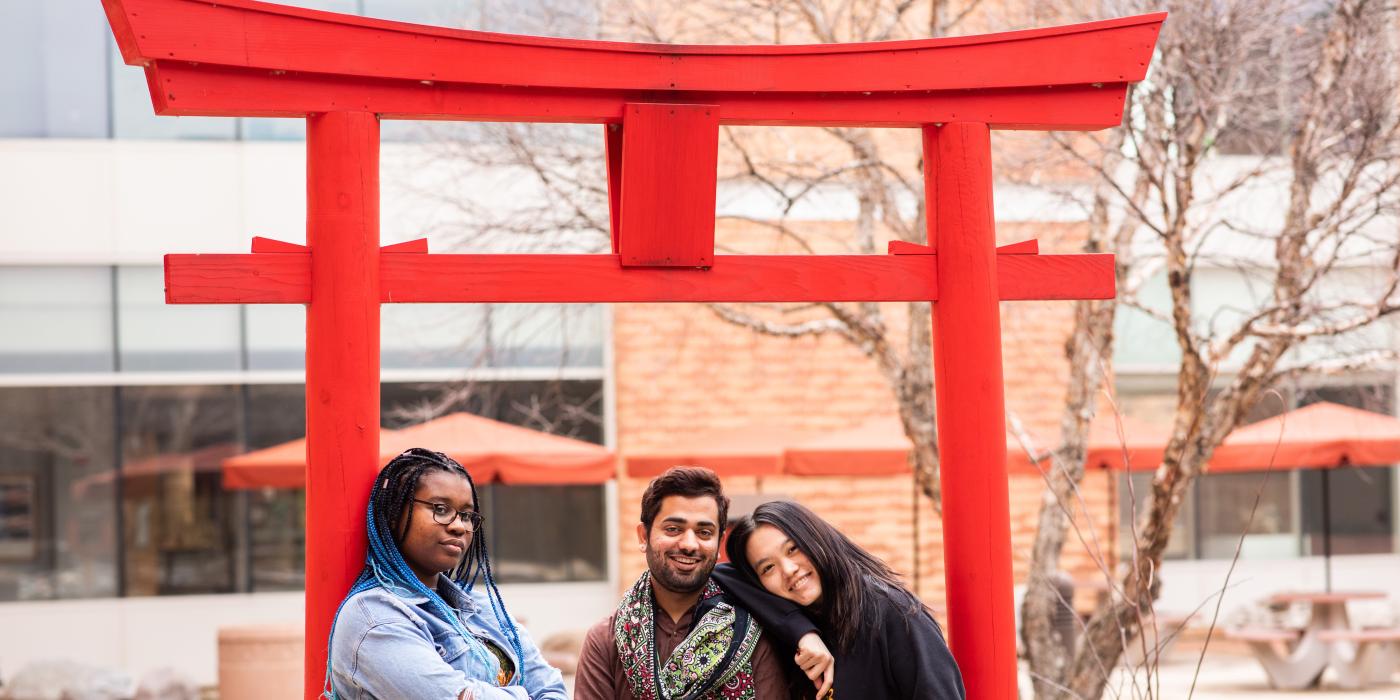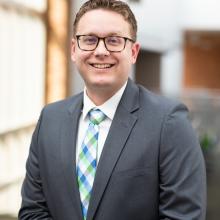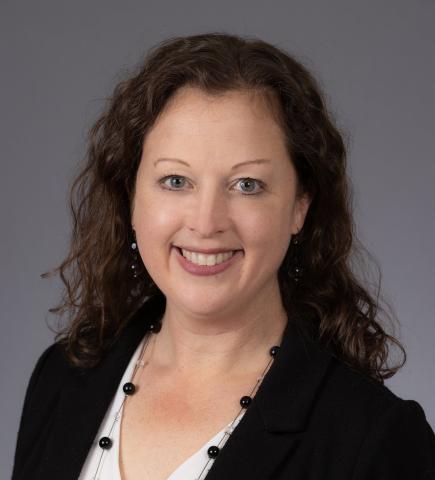2022 Spotlight Marist College
Marist is a private liberal arts college with 5,000 undergraduates in Poughkeepsie, New York. The college sent its first student abroad in 1963, and 60 years later approximately half of each graduating class has participated in education abroad. One of its signature offerings is the First Year Abroad programs*, where 40 to 60 first - year students spend a year studying with partners in Italy and Ireland, giving them a global foundation for their college experience.
Having students spend their first year abroad as 17- and 18-year-olds can help set the tone for the rest of their college career, says John Peters, dean of international programs and acting dean of Marist College- Italy. “We're able to help them to think about the broad scope of what they want to do in the world,” he says.
The First Year Abroad program was in its beginning stages in the mid-2000s when Marist experienced a larger than expected incoming freshman class and too few beds to house them. Inspiration and necessity strengthened momentum and helped grow First Year Abroad at the Florence branch campus.
In Italy, Marist has partnered with Istituto Lorenzo de’ Medici. In addition to the First Year Abroad program, students have the option to complete their full 4 years at the Florence branch campus, choosing among nine different undergraduate programs. Traditional study abroad students can spend a semester or year there. A master’s of arts in museum studies is also available. Altogether, the campus hosts around 300 Marist students a semester across all programs, says Vanessa Nichol-Peters, director of Marist Italy.
A second First Year Abroad program started in Dublin in 2018. In Ireland, Marist has partnered with Dublin Business School for academics. The second First Year Abroad cohort to study in Dublin had their time cut short in spring 2020 due to the pandemic, but the program resumed with the third cohort in fall 2021, says Shane Duffy, director of the Dublin program.
Creating a College Identity Abroad
Working with first-year students with no college experience requires a hands-on approach. Peters says that it's essential to have staff who are willing and eager to interact with students 24/7, especially during the first weeks of the program abroad. “Trusted partners can have important roles in academics and housing, but there’s no substitute for having your own person or people on the ground, ensuring institutional presence,” he says
Program participants take most of their courses alongside students from a variety of countries and other U.S. colleges. However, the academic anchor of the Marist First Year Abroad programs are courses taught by carefully selected affiliate faculty or visiting faculty from the Marist home campus, including a first-year seminar and a college writing class. These courses serve as common experiences to build community and Marist identity and helps the program integrate academic and experiential education.
“We try to build a Marist identity here so that they all feel like they're part of something bigger,” Nichol-Peters says.
Having Marist professors on site in the fall helps build a bridge between the programs abroad and the main campus in Poughkeepsie. In addition to virtual presentations from staff in the library and other offices, academic deans, vice presidents, and even the president occasionally travel to Dublin or Florence to meet with students.
Students also have two advisers—their adviser at their study abroad site, as well as their major adviser back in New York. To make sure the program is financially accessible, all participants are awarded a $5,000 grant in addition to their regular financial aid package to help offset the extra expenses of studying abroad.
Integrating Experiential Learning into the Classroom
In addition to providing a connection to the main campus, Marist faculty also help integrate experiential learning into the classroom.
Students in the Dublin program take a course called “Irish Life and Cultures” that covers history, politics, and both traditional and modern culture in Ireland. The fall courses often incorporate experiential activities, such as a trip to Galway in the west of Ireland.
Students also visit the Cliffs of Moher and the Aran Islands as well as Northern Ireland where they take a political tour. There, Marist partners with an organization that sets up meetings with former combatants from both sides of the political divide.
“By that stage, the class has covered the history of the island, Northern Ireland, the Troubles and the peace agreement, and the Good Friday Agreement, so they have an academic context to the issues,” Duffy says. “But now they're getting local perspectives and learning the history of the struggle through the eyes of people on the ground.”
Philosophy professor Joe Campisi has taught in Florence three times. He integrates his expertise on the philosophy of food into his courses. In one class, students learned about the history of pizza in Naples, where it emerged as food for the city’s poor in the late 18th century.
Jack Kraus, a political science major who just finished his junior year, took Campisi’s class in Florence. One of the writing prompts was to try a new food. “That was actually a pretty cool assignment because I tried tripe, which was something I had never had before,” he says.
Returning Home
Having Marist faculty in Florence and Dublin with students provides them a “grounding in what it will be like at Marist,” Kraus says. It also helps ease the transition when they arrive in Poughkeepsie as sophomores.
Before students leave Dublin or Florence, they also have a day-long reentry program where they discuss what to expect when they return home. Upon arriving on campus in the fall of their sophomore year, they continue to participate in group activities, such as hiking or visiting New York City. They also have sessions with different offices on campus, including one with the career center. Program staff run a seminar called “Beyond Awesome,” which gives students the language to talk about what they gained from the First Year Abroad program, Peters says.
Peters says the First Year Abroad participants have equal or higher first-year to second-year retention rates than the general student population at Marist. Many of them win awards or go on to do Fulbright fellowships or other international graduate programs.
Faculty say that when students return to the Poughkeepsie campus for their sophomore year, they are more mature and better prepared for the classroom. Students agree.
“Going abroad sort of helps you grow up a whole lot faster than just coming to the regular campus because we were basically thrown into Italy and we sort of have to figure it all out for ourselves,” Kraus says.
After his second semester in Italy was cut short by the pandemic, Kraus took a semester off and came back to Poughkeepsie campus in spring 2021.
“The biggest issue is making friends and finding that footing on campus,” he says.
But he already had a head start. Kraus says his two best friends at Marist were his roommates in Florence.
*Marist College renamed the First Year Abroad Programs in 2023. An earlier version of this report referred to the experience as Freshman Year Abroad Programs.


